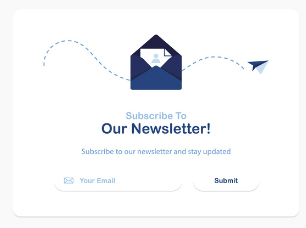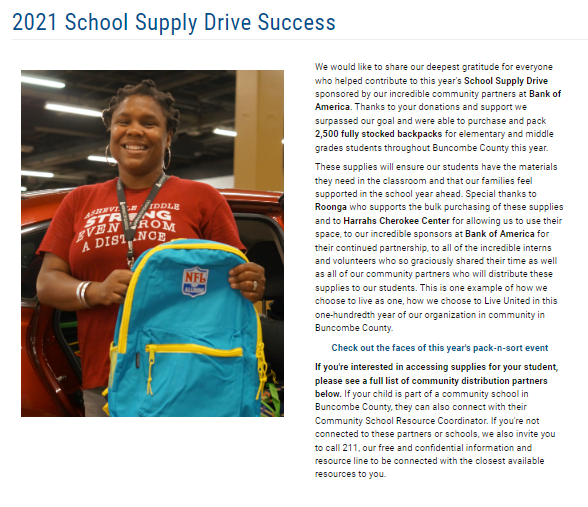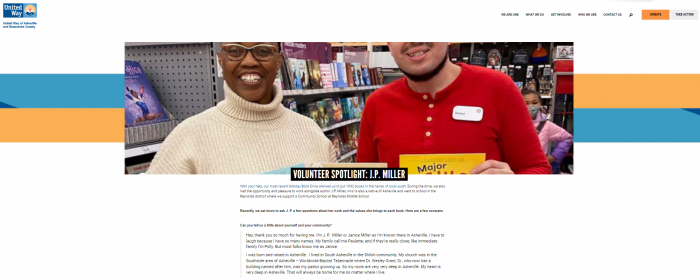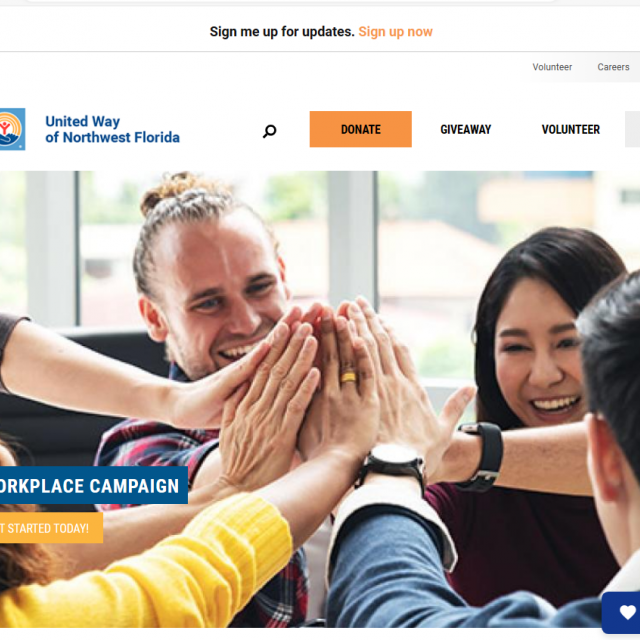
Your leadership team has decided that your nonprofit needs to start blogging on a regular basis. With over 500 million blogs worldwide, maybe you’re thinking the internet doesn’t need one more blog. However, research shows that organizations that blog consistently have over 95% more hits to their websites and over 400% more indexed pages in search engines. Those are exciting numbers! So take on this challenge with excitement and keep this top goal in mind: you want to drive visitors to your nonprofit’s website. And how will you do that? With compelling content.
As website experts, we’ve seen that timely, relevant content has been a key ingredient to the success of our nonprofit customers’ marketing and fundraising campaigns. And a successful way to get that content out to your communities is through blogging. Here are two top reasons why:
- Your blog will help your nonprofit to share consistent, relevant, timely content. You can repurpose this content in your newsletter, mail, email, social media, and other channels. And when you point readers back to your blogs, it increases your website traffic and awareness of your brand and mission.
- Your blog will get your content noticed on search engines, such as Google, especially when you use keywords. What are keywords? They are ideas and topics that describe your content. And, keywords are the words and phrases that are entered into search engines when readers are looking for information.
Now that you understand why blogging is important to the success of your campaigns and brand awareness, let’s look into the top 10 blogging tips for your nonprofit.
Tip 1: Determine Your Goals
You may want to just start writing, but before you do consider how the blog will fit into your marketing, communications, and fundraising strategies. As a team, create your short-term and long-term goals for the blog. Once you know your priorities, then you’re ready to create a content strategy.
Tip 2: Create a Content Strategy
When you take the time to create a content strategy that ties to your nonprofit’s mission, it will ensure your content is focused and relevant. Here is an initial list of items to consider:
- Audience. What are the demographics of your audience? What information does your average donor care about?
- Tone. How do you want to come across to your audience? Do you want conversational words? Do you want research-level words?
- Topics. You’ll need a variety of content that targets different levels of knowledge about your nonprofit, such as brand awareness, educational resources, fundraising asks, and so forth.
- Author(s). Do you already have good writers on your team? If not, you may have writers from other teams that would jump at the opportunity to blog. Give staff, volunteers, and even donors an opportunity to write a blog post.
Tip 3: Use Modern Cadence, Length & Authoring
In the past, nonprofit blogging was viewed more as opinion pieces and reports from the executive director. Blogs were typically longer than 1,000 words. It was considered important to have a daily blog post to lend credibility. And comments from readers were taken seriously with long thought-out responses.
Today, nonprofit blogging is quite different. Most blogs are written by multiple authors on various topics. Blog length can range from 300-word short stories to 3,000+ words and photo essays, most telling stories about the communities they serve or topics of their mission’s focus. Posting a blog once a week or every other week is common. And typically, nonprofits turn commenting from readers off to avoid spam, profanity, and arguments.
Tip 4: Insert Calls To Action (CTAs)
Marketing and advertising as a whole have really upped their game when it comes to outright asking the reader to take action right then. Blogging is no different. For your nonprofit to get readers to act, inserting a prominent CTA into the body of your blog post is a best practice. Here are three examples:



Tip 5: Make Copy Easy to Read
Nonprofits have their own jargon, acronyms, and references to topics. But not everyone understands those. Make sure that visitors to your blog can find it easy to read. Here are several areas that influence readability:
- Write short sentences and paragraphs
- Use everyday words and terms
- Separate your copy with bold headings and subheadings
- Make your hyperlinks bold and a different color
- Break up long sections of copy with bullet points or numbers
- Embed images and videos to make your content visually appealing
Tip 6: Provide Relevant & Timely Content
Your nonprofit’s mission should influence the topics you blog about. If you see news or articles that are relevant and timely that have something to do with your mission, write up a summary about it. Your donors, volunteers, and community you serve are more likely to read and respond to content that is front and center in the news.
Tip 7: Tell Positive Stories
Your donors, prospects, and volunteers want to hear the great stories about how your nonprofit is positively impacting your community you serve. We hear plenty of negative, sad, and sometimes overwhelming news. Your nonprofit’s stories can bring positive inspiration in a sometimes-dark world.

Tip 8: Share Educational Resources
People are always in search of educational information, useful tips, and downloadable content to share with others. Your nonprofit can share a wealth of resources based on your mission within your blog by offering downloadable and shareable content. Examples are a one-pager with tips on volunteering for your organization, an eBook with success stories of families you’ve helped, sample social posts that are easily copied and shared, and a white paper about a key topic of your nonprofit’s mission sharing the importance and research of why you do your work.
Tip 9: Spotlight Your Volunteers & Staff
Want to have a more human touch with your community? Blog about the good work your staff does. Share stories and photos about the events your volunteers serve at. Who knows…maybe your stories will inspire others to sign up to volunteer!

Tip 10: Promote Your Blog
Although it is certainly possible for visitors to your website to organically find your blog, we encourage you to promote it. Work with your marketing team to promote your blog on the channels they typically use:
- Email - share little teasers of blog content, and then provide a link to the blog to read more about that particular story.
- Social Media - each of your blog posts should be featured on as many social media channels as possible for the farthest reach.
- Mail - share an achievement story in a mail piece, and then direct readers to the blog to read the whole story.
In Summary
To ensure your nonprofit’s blog is successful, it will take dedication, consistent writing and publishing, and a strong content strategy. And your nonprofit blog will in turn help you:
- Promote your brand - it’s free advertising! Spread the word about your nonprofit’s positive impact.
- Share your mission - there are prospective donors and volunteers that are drawn to what you do. The more content you publish in your blog, the more people will find and read it.
- Inform your community - toot your horn about the wonderful things you do, the fundraising campaigns going on, and events you’re holding. Your supporters want to stay informed and involved.
- Establish your expertise - prospective supporters want to know that your nonprofit knows what its doing. Use your blog to discuss your mission’s topics and show you’re a knowledgeable expert.
The OneEach team is here to help you with best practices to connect with donors and increase awareness of your nonprofit’s brand. In fact, every OneEach website includes a style guide that matches that organization’s brand…at no additional charge! Contact Us for more tips and best practices on how to optimize your blog on your website.





